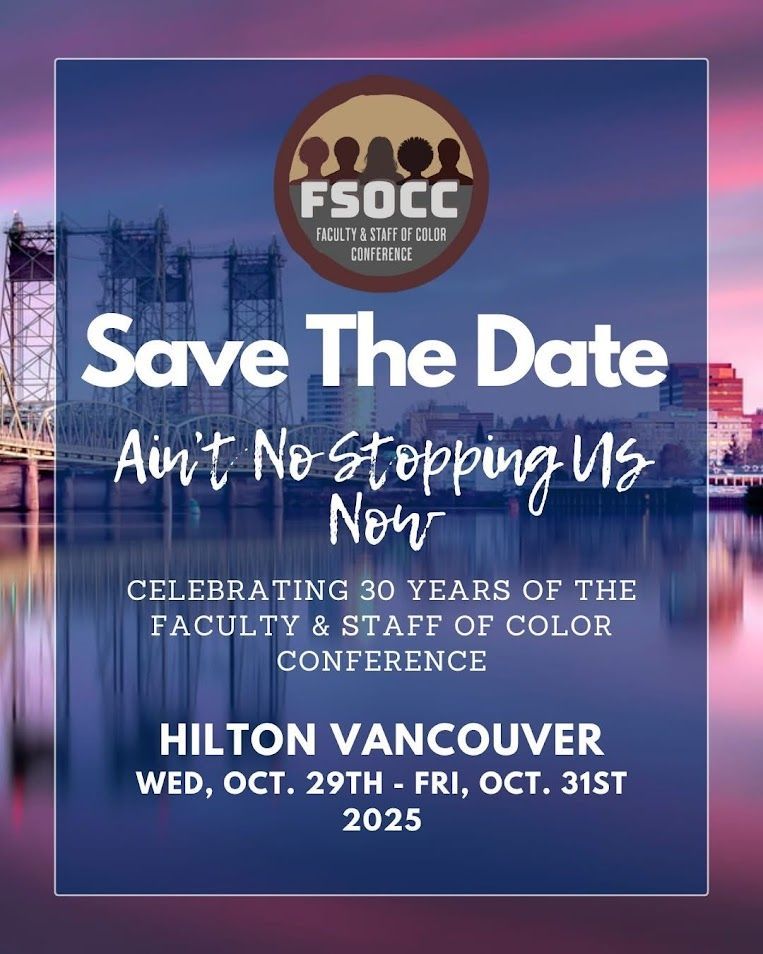The Unspoken Pressure: Transitioning Technical Experts into Leadership Roles
Forcing technologists into leadership

Introduction
In the dynamic world of modern technology, subject matter experts (SMEs) are invaluable assets to any organization. These individuals possess deep technical knowledge, honed over years of experience, and they are the backbone of innovation, problem-solving, and project execution. However, there is a subtle yet pervasive pressure on technical employees with deep subject matter expertise to transition into management or leadership roles. In this blog post, we'll explore the reasons behind this pressure, its implications, and how organizations can strike a balance between nurturing technical talent and cultivating leadership.
The Pressure to Climb the Ladder
1. The Myth of Vertical Growth
In many organizations, the traditional career path is perceived as a vertical climb – from entry-level roles to senior management. This linear perspective can create an expectation that technical experts should follow the same trajectory. The assumption is that if you're good at what you do, your career should inevitably lead you into a managerial or leadership role. While this may be true for some, it doesn't fit all career aspirations and skill sets.
2. Reward Structures
Many organizations have reward structures that prioritize management positions with higher salaries, bonuses, and incentives. The financial allure of transitioning into management roles can be hard to resist. Technical experts may feel that their dedication to their domain is undervalued financially, pushing them to make a career shift for monetary reasons rather than passion.
3. Misguided Assumptions
Another source of pressure is the misconception that technical skills and leadership skills are mutually exclusive. This assumption leads to a belief that technical experts can't make effective leaders. In reality, the two skill sets can complement each other, and not every technical expert has to become a manager to contribute to an organization effectively.
Implications of This Pressure
1. Loss of Technical Prowess
One of the most significant implications of this pressure is the potential loss of technical expertise within the organization. When talented technical experts move into leadership roles, their time and energy are diverted from the technical tasks they excel at. This can lead to a decline in the quality and speed of technical work.
2. Forced Career Changes
Some technical experts might succumb to this pressure and make the transition into management even if they are not naturally inclined toward leadership. This forced career change can lead to stress, dissatisfaction, and suboptimal performance in the new role.
3. Leadership Void
An overemphasis on pushing technical experts into leadership roles can leave organizations with a shortage of true technical leadership. It's essential to have individuals who understand the technical intricacies and can guide teams effectively, even if they do not manage in the traditional sense.
Balancing Technical Excellence and Leadership
1. Acknowledge Dual Tracks
Organizations need to recognize that there are two equally valuable career tracks: technical and managerial. They should establish clear, well-compensated career paths for technical experts who want to remain in their domain and continue to excel.
2. Develop Leadership Skills
For those who genuinely aspire to transition into leadership roles, organizations can offer training and mentorship programs to develop leadership skills alongside technical expertise. This dual focus can ensure that technical leaders are well-equipped to manage and inspire their teams effectively.
3. Foster a Culture of Inclusivity
Encourage an inclusive culture that celebrates both technical and leadership talents. Organizations can create cross-functional teams where technical experts collaborate with managers to solve complex problems, showcasing the value of both skill sets.
Conclusion
The pressure on technical employees with deep subject matter expertise to move into management or leadership roles is a complex issue with far-reaching implications. To address this challenge, organizations should strive to strike a balance between nurturing technical excellence and cultivating leadership. By acknowledging and respecting both career tracks, providing opportunities for skill development, and fostering a culture of inclusivity, organizations can ensure that they retain and maximize the potential of their technical experts without undue pressure to conform to traditional career paths. This balanced approach ultimately benefits both the individual employees and the organizations they serve.










